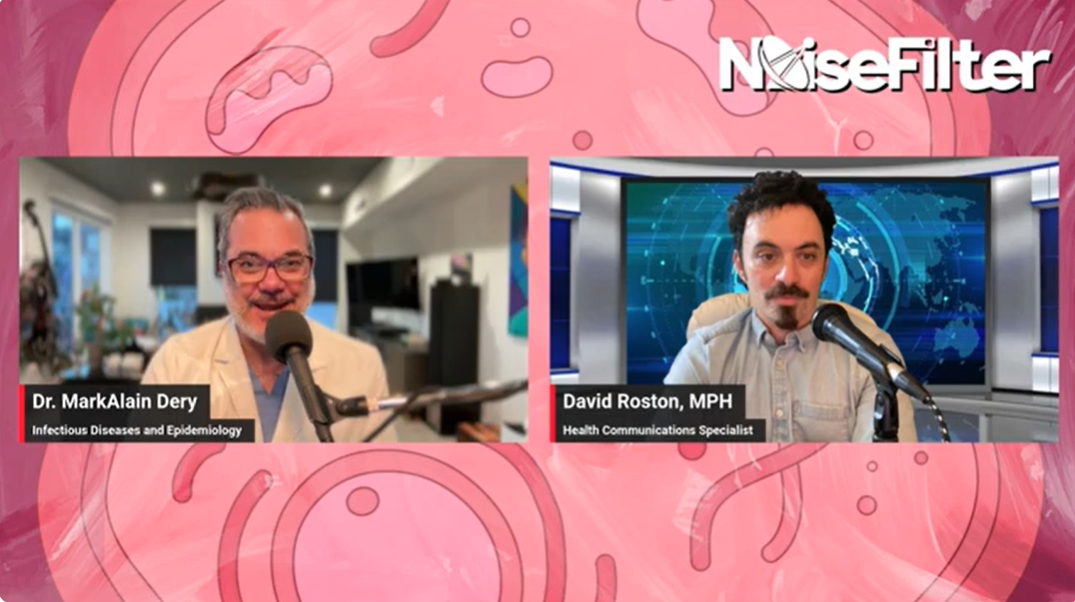
For patients with amyotrophic lateral sclerosis (ALS), exposure to persistent organic pollutants (POP) increases mortality rates, according to researchers from the University of Michigan ALS Center of Excellence, who published their findings in the Journal of Neurology, Neurosurgery & Psychiatry.
To complete this study, researchers enlisted 167 patients, (40.7% female, n=68) with ALS to provide blood samples intended to measure POP levels, while using their medical records to aggregate data. Survival models were then implemented for a composite summary measure of exposure to multiple POPs. The median diagnostic age was 60.9 years (IQR=52.7 to 68.2), and the median time frame from symptom onset leading up to ALS diagnosis was 1.01 years (IQR=0.67 to 1.67) bulbar onset 28.7%, cervical onset 33.5%, and a lumbar onset of 37.7%. Of the total number of evaluated patients, 119 died during the study period.
Pesticide Exposure Contributes to Faster ALS Progression via @MHealthLab https://t.co/wtpNNJ3Q4K pic.twitter.com/gcXbIMm2Zp
— Michigan Medicine Laboratories (MLabs) (@MLabsUM) February 27, 2019
Pollutant Levels Increase Mortality Rates
The results showed that participants in the highest environmental risk score (ERS) quartile (representing highest composite exposure to POPs), when adjusted for such covariates as age at diagnosis, and sex, incurred a more than two-fold greater hazard rate of mortality compared with those in the lowest quartile (P=0.018; 95% CI, 1.13 to 3.80). The pollutants that represented the most environment risk were polybrominated biphenyl ethers (154, HR=1.53; 95% CI, 0.90 to 2.61), polychlorinated biphenyls (PCB), (118, HR=1.50; 95% CI, 0.95 to 2.39), PCB 138 (HR=1.19; 95% CI, 0.99 to 2.90), PCB 151 (HR=1.46; 95% CI, 1.01 to 2.10), PCB 175 (HR=1.53; 95% CI, 0.98 to 2.40), and p,p′-DDE (HR=1.39; 95% CI, 1.07 to 1.81).
“Our latest publication shows that other toxins like (PCBs), are also elevated in ALS patients and correlate with poor survival,” remarked researchers in a press release.
Pesticide exposure contributes to faster ALS progression https://t.co/oZSgE9O6DC
— Dr. H. Garcia D.D.S. (@HaeGarciaDDS) February 28, 2019
CDC Backs Additional Testing
For the next phase of examining the connection between pesticide exposure and diminished survival rate, the team plans to evaluate a new cohort of patients to replicate, and thus validate their findings. The researchers reported having received the backing of the Center for Disease Control (CDC) to understand the specifics on how POPs associate with the disease’s onset, progression and survival rate.
“As pollution changes the environment, we are being exposed to more and more toxins,” researchers continued. “We don’t know yet how this is going to contribute to human disease over time. […] If we can determine what these chemicals are doing to our organs, brains, and motor neurons, then we can develop drugs to counteract those effects.”
#Pesticide exposure contributes to faster #ALS progression https://t.co/LS1g5gxPpm
— Dr. Marcia Ratner (@Neurotoxicant) March 1, 2019







 © 2025 Mashup Media, LLC, a Formedics Property. All Rights Reserved.
© 2025 Mashup Media, LLC, a Formedics Property. All Rights Reserved.